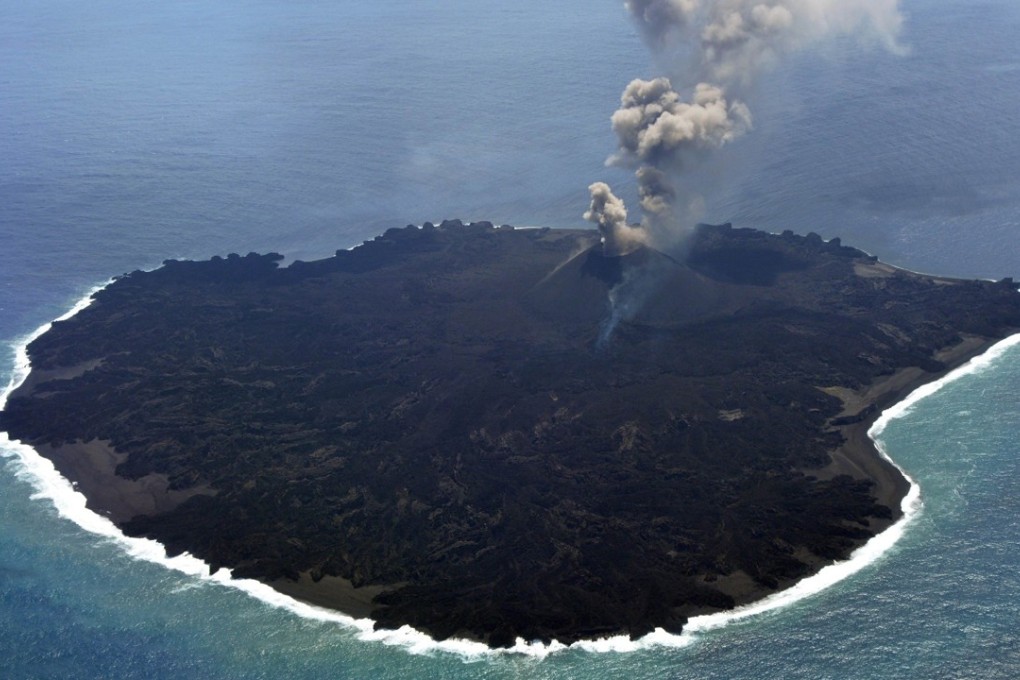Discovery of rare earth minerals off Japan coast secures 780 years of industrial demand: study
Mud from the seabed off the Ogasawara Islands, some 2,000km southeast of Tokyo, contains high concentrations of rare-earth elements and yttrium

Japan’s industrial evolution over the next several hundred years has received a major boost with confirmation that millions of tonnes of rare earth minerals exist just off the country’s coast.
News of the valuable discovery – which potentially frees Japanese firms from costly foreign mineral imports – came on April 10 when scientists from the University of Tokyo and the Japan Agency for Marine-Earth Science and Technology (JAMSTEC) published findings in the UK journal Scientific Reports.
The study said mud from the seabed off the Ogasawara Islands, some 2,000km southeast of Tokyo, contains high concentrations – in some cases nearly 8,000 parts per million – of rare earth elements and yttrium (REY).
“This REY-rich mud has great potential as a rare-earth metal resource because of the enormous amount available and its advantageous mineralogical features,” the report stated.
Researchers defined a 400 sq km stretch of seabed that they estimate contains 16 million tonnes of rare earth oxides, including enough yttrium to cater 780 years of domestic demand, 620 years worth of europium, 420 years of terbium and 730 years of dysprosium.
Europium is vital in the development of phosphors and ceramics and has applications in the defence and nuclear sectors. Terbium and dysprosium are also critical in defence technologies, ceramics and advanced magnets.